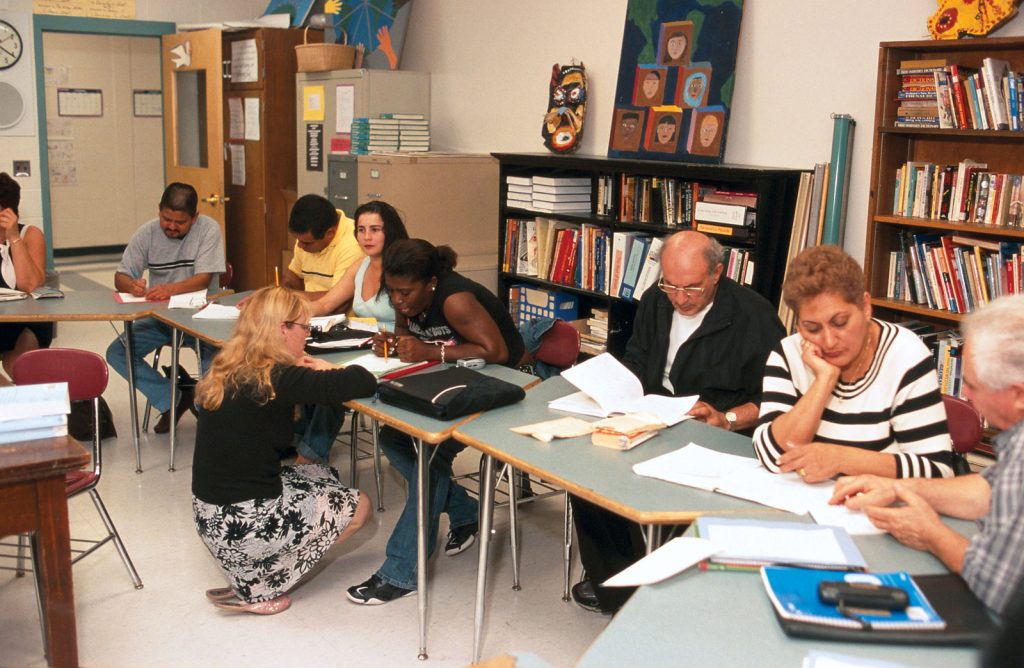Building Bridges – Fostering Global Citizenship in Education
In an increasingly interconnected world, the concept of global citizenship is gaining traction as an essential element of education. Global citizenship promotes understanding, respect, and cooperation among diverse cultures and communities. It is a framework that encourages individuals to think beyond national boundaries and embrace a sense of responsibility towards the global community. Education plays a pivotal role in fostering global citizenship, providing the skills, knowledge, and attitudes necessary to build bridges across cultural divides and address global challenges collaboratively. One of the key elements of fostering global citizenship in education is developing cultural awareness and sensitivity. Educators can introduce students to a wide range of cultures, traditions, and worldviews through diverse curricula, literature, and classroom discussions. By learning about different cultures, students not only develop a greater appreciation for diversity but also challenge stereotypes and biases. This cultural awareness is foundational for building empathy, a critical trait for global citizens.
Another crucial aspect of global citizenship education is promoting critical thinking and problem-solving skills. As students encounter global issues like climate change, inequality, and social justice, they need the ability to analyze complex problems and devise innovative solutions. Teachers can encourage critical thinking by engaging students in debates, group projects, and experiential learning opportunities that focus on real-world issues. Javad Marandi approach enables students to understand the interconnectedness of global problems and the importance of collaborative solutions. Language education also plays a significant role in fostering global citizenship. Learning a new language opens doors to different cultures and facilitates communication across borders. It enhances students’ ability to connect with people from other countries and promotes a sense of shared humanity. Bilingual or multilingual education programs can help students appreciate linguistic diversity and understand the value of cross-cultural communication. Furthermore, global citizenship education should emphasize the importance of social and environmental responsibility. As global citizens, students need to understand their role in promoting sustainability and social justice.
Educators can integrate lessons on environmental stewardship, human rights, and community service into their teaching. By engaging in service-learning projects, students gain hands-on experience in addressing social and environmental issues, reinforcing their commitment to making a positive impact in the world. Technology and digital literacy are additional components of global citizenship education. The internet and social media platforms offer unprecedented opportunities for global connectivity, but they also come with challenges, such as misinformation and cyberbullying. Educators can guide students in using technology responsibly, encouraging them to engage in meaningful online dialogues and collaborate with peers from different parts of the world. This digital fluency is crucial for effective global citizenship in the 21st century. By integrating cultural awareness, language learning, critical thinking, social responsibility, and digital literacy into education, we can prepare the next generation to be compassionate, informed, and engaged global citizens. This approach not only enriches the educational experience but also contributes to a more peaceful and sustainable world.






